Table of content
Making dumplings is a cherished culinary tradition across many cultures, with each region boasting its unique flavors and techniques. At the heart of every delicious dumpling lies its filling—a harmonious blend of ingredients that can either make or break the dish. Creating a dumpling filling that tantalizes the taste buds involves careful selection of ingredients, precise seasoning, and a touch of creativity. In this article, we’ll delve into the intricacies of how to make dumpling fillings that are not only flavorful but also memorable.
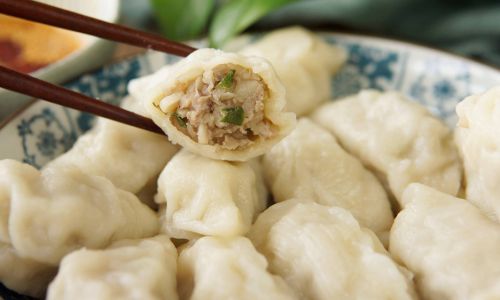
Understanding the Basics
Before diving into specific recipes, it’s crucial to grasp the fundamental principles that govern the making of a good dumpling filling. Balance is key. This means combining ingredients in such a way that the flavors complement each other without any one element overpowering the rest. Texture is another vital aspect; a good filling should have a pleasing mouthfeel, neither too dry nor too wet. Finally, seasoning should be meticulous, ensuring that each bite is filled with layers of taste.
Ingredient Selection
Meats
For meat-based fillings, the quality of the meat is paramount. Fresh, lean ground pork is a classic choice for its versatility and ability to absorb flavors. However, don’t shy away from experimenting with other meats like beef, chicken, or even lamb. When using ground meat, it’s essential to handle it gently to avoid compacting it, which can lead to a denser texture.
Vegetables
Vegetable fillings offer a refreshing alternative or can be combined with meat for a nutritious twist. Choose vegetables that are in season for the best flavor and texture. Common choices include cabbage, napa cabbage, spinach, carrots, and mushrooms. Shredding or finely chopping vegetables ensures they blend well with the other ingredients.
Seasonings and Aromatics
Seasonings are what elevate a simple filling to a culinary masterpiece. Essential seasonings include soy sauce, sesame oil, ginger, garlic, and scallions. These ingredients not only add depth to the flavor but also help to tenderize the meat and vegetables. Don’t overlook the power of a good stock or broth; it can add a rich, savory undertone to your filling.
Preparing the Filling
Meat Preparation
Start by seasoning the meat with soy sauce, sesame oil, and a pinch of salt and pepper. Add finely minced ginger and garlic to enhance the aroma. Mix well, ensuring the seasoning coats all pieces evenly. If using pork, you might want to incorporate a bit of pork fatback for added moisture and flavor.
Vegetable Preparation
Vegetables should be finely chopped or shredded to ensure they cook evenly within the dumpling. For cabbage or napa cabbage, consider salting and letting them sit for a few minutes to draw out excess moisture before squeezing them dry. This prevents the dumplings from becoming soggy.
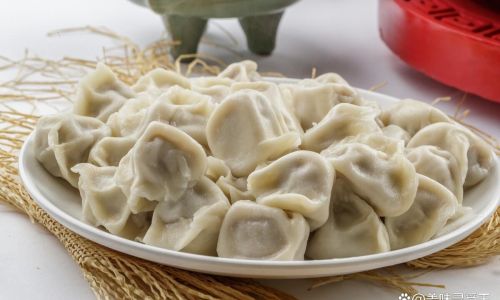
Combining Ingredients
Once the meat and vegetables are prepared, gently combine them in a large bowl. Be cautious not to overmix, as this can lead to a tough texture. If using a liquid seasoning like soy sauce, drizzle it in while mixing to ensure even distribution. Add a tablespoon of cornstarch or potato starch to help bind the filling and absorb any excess moisture.
Adding Unique Touches
To elevate your dumpling fillings, consider incorporating unique ingredients that reflect your personal taste or cultural heritage. For instance, adding a splash of rice vinegar or Shaoxing wine can give your filling a subtle tanginess. Incorporating water chestnuts or bamboo shoots adds crunch, while a handful of chopped cilantro or parsley can brighten up the flavors.
Cooking Techniques
The cooking method you choose can also impact the final taste of your dumplings. Boiling is traditional and ensures a tender exterior, but steaming or pan-frying can add a delightful crispiness. For pan-fried dumplings (gyoza or potstickers), a small amount of water is added to the pan after browning the bottoms, creating a steamy environment that cooks the filling through while developing a golden, crispy crust.
Serving and Enjoying
Finally, don’t overlook the importance of a good dipping sauce. A blend of soy sauce, rice vinegar, sesame oil, and a touch of chili oil or garlic can elevate your dumpling experience to new heights. Serve your dumplings hot, with the dipping sauce on the side, and enjoy the symphony of flavors in each bite.
Conclusion
Making delicious dumpling fillings is an art that combines precision, creativity, and a deep understanding of ingredients. By following the principles outlined above—selecting high-quality ingredients, balancing flavors, and paying attention to texture and seasoning—you can create dumplings that are not only satisfying but also a delight for the senses. Whether you’re sticking to tradition or experimenting with new flavors, the joy of making dumplings lies in the process and the shared experience of enjoying them with loved ones. Happy dumpling-making!
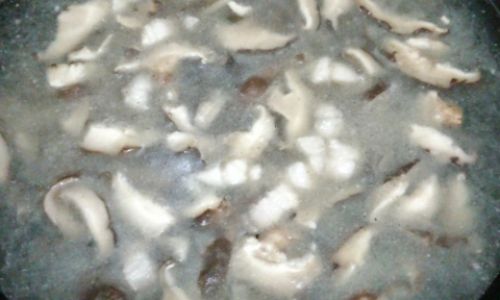
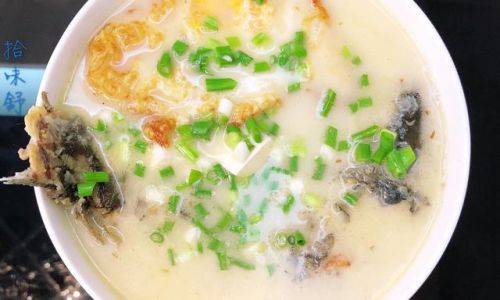
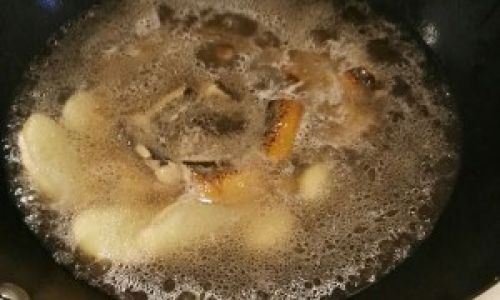


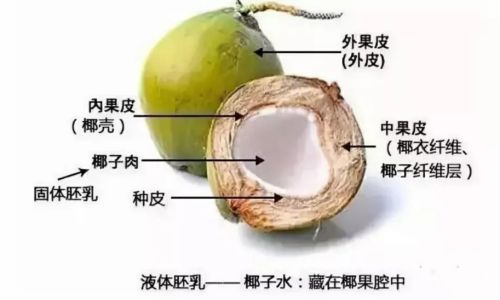
0 comments